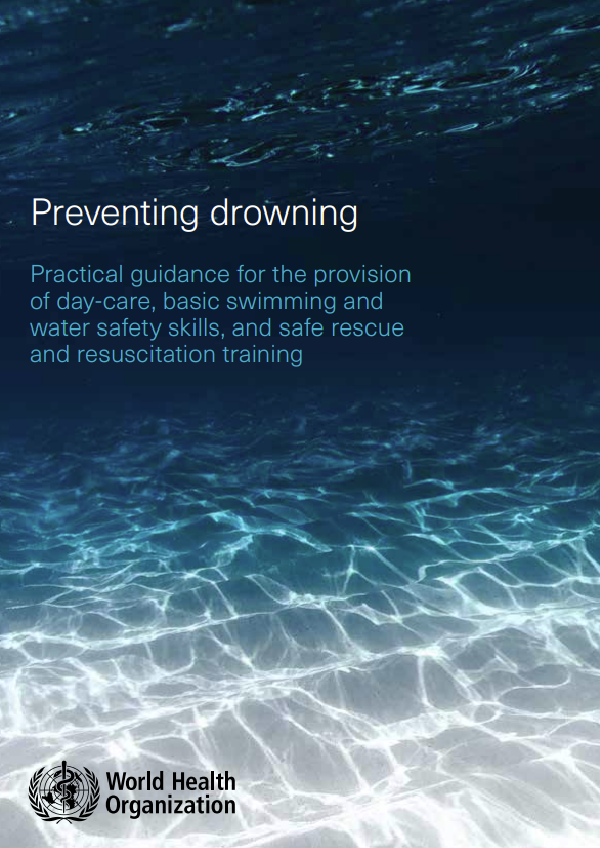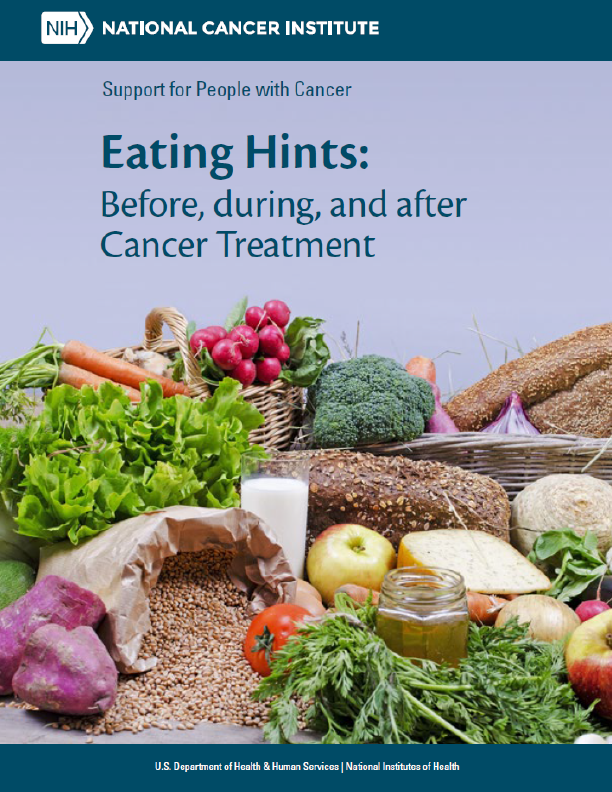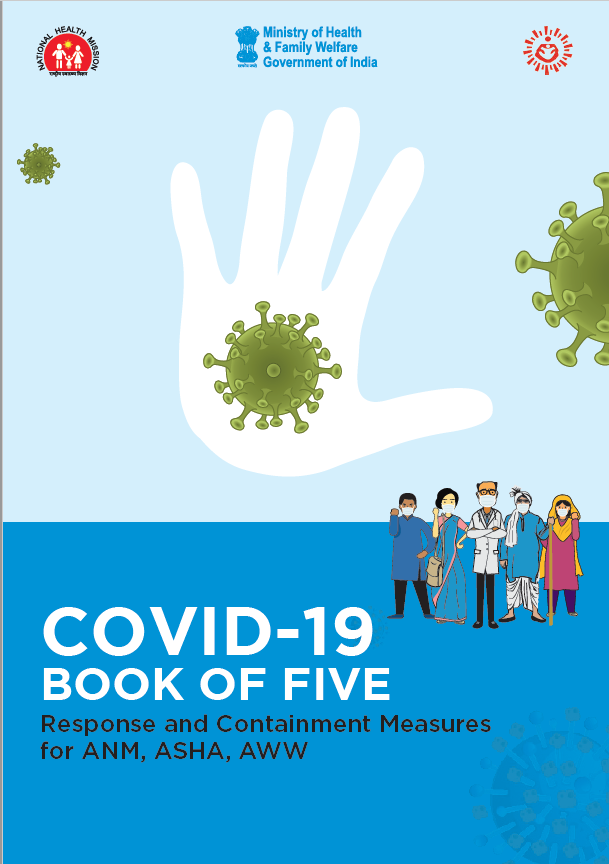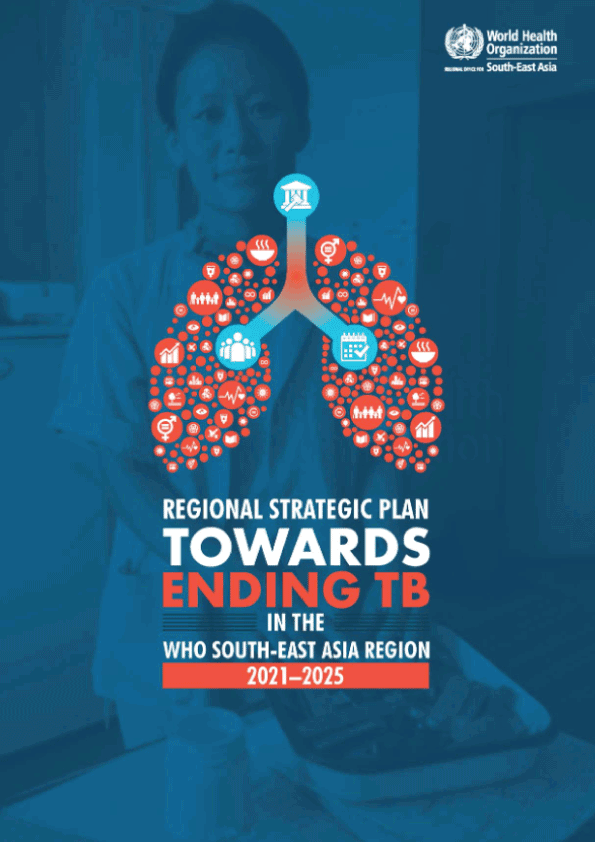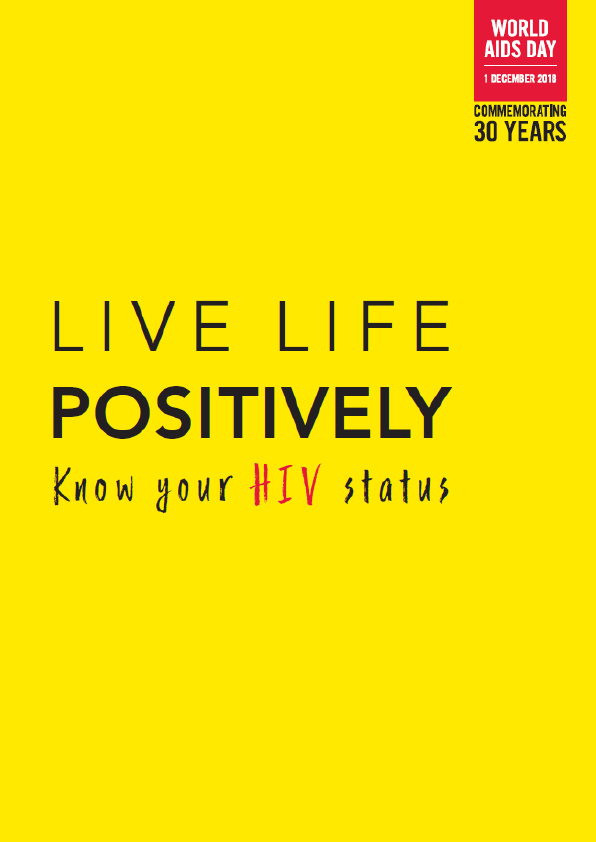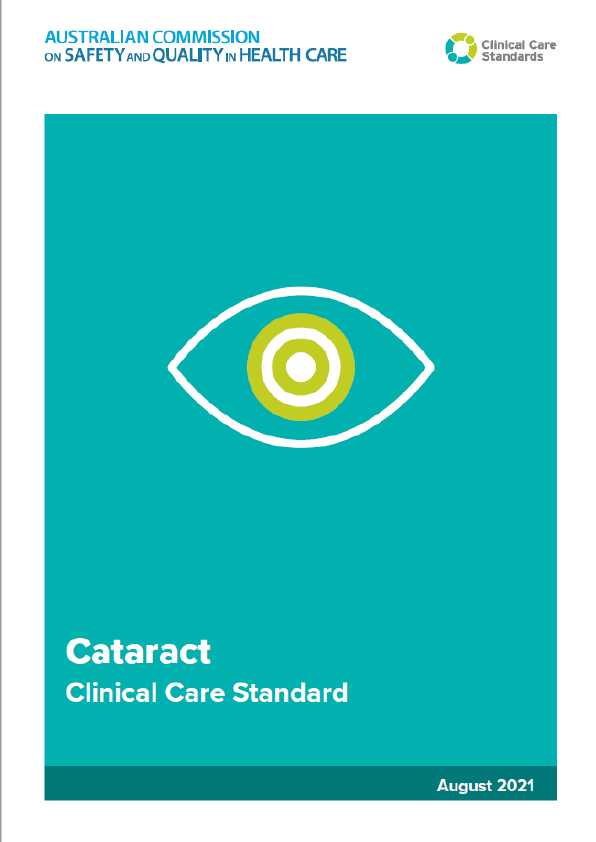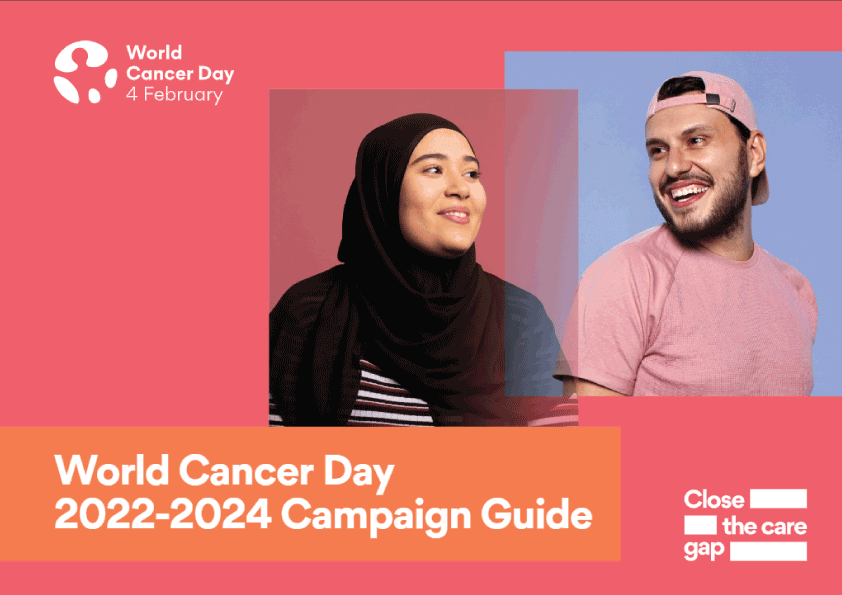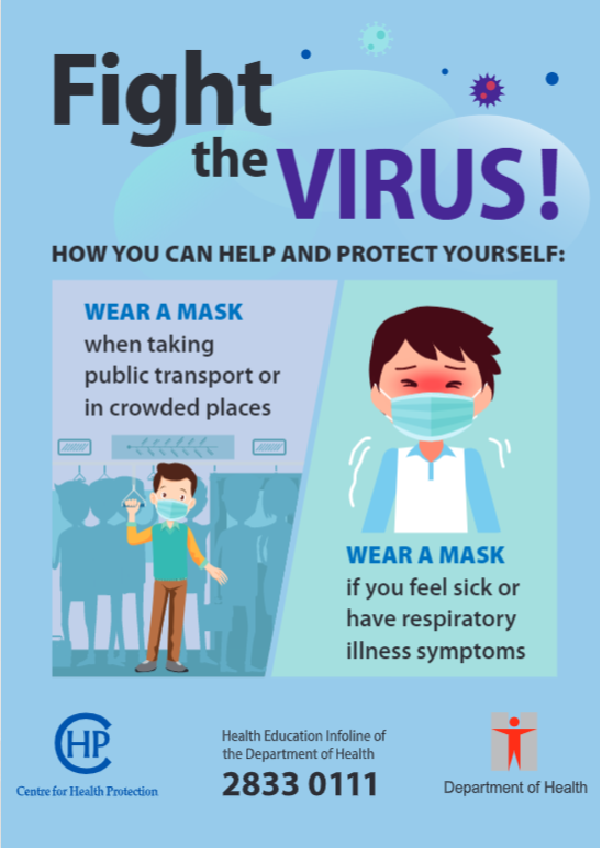Drowning is a type of suffocation induced by the submersion or immersion of the mouth and nose in a liquid. Most instances of fatal drowning occur alone or in situations where others present are either unaware of the victim’s situation or unable to offer assistance. The World Health Organization’s Global report on drowning: preventing a leading killer, published in 2014, highlighted drowning as a serious public health threat. This follow-up resource provides practical guidance for three of the report’s 10 evidence-based actions to prevent drowning (all of which are feasible in low-, middle- and high-income countries) and sets out how to implement these recommended interventions safely and effectively.
Intervention 1:
Teach basic swimming and water safety skills to school-age children aged 6 years and older.
Children should be screened for underlying health conditions that may place them at increased risk during lessons. Instructorparticipant ratios should not exceed 1:5, and training should focus on basic water survival skills such as breathing, floating, and moving forward above developing skillful swimming strokes. Gaining parents’ or guardians’ verbal or written informed consent for children to participate is recommended, alongside safety assessments of lesson sites before each lesson (using a checklist), and annual safety audits of the programme itself for monitoring and quality assurance purposes. Practical guidance also includes recruiting local people already certified by a recognized training curriculum (or willing to be trained), and engaging with local authorities, schools, parents, local community groups and service providers to garner support for the programme. Strong safeguarding policies, procedures and measures must be present throughout the training cycle, involving the community in providing “good character” references for all instructors.
Intervention 2:
Provide community-based, supervised child-care for preschool children to reduce drowning risk.
Day-care programmes can provide robust adult supervision in a safe and nurturing environment while parents are working, with trained caregivers and safe child-to-caregiver ratios that should not exceed 13:1. Programmes should have written procedures that explicitly state the age range of children to be cared for, and the hours and days of the week that they operate. Day-care venues should be located no more than a 20-minute walk from participating children’s homes. Ideally caregivers and assistants will be female, with as high a level of education as possible, and selected by a local committee comprising local authorities and residents. Day-care should provide a minimum of 1.2 square metres of space per participant (caregivers and children), be safely constructed (with closing doors operable only by adults) and allow for unobstructed supervision of children. It should offer a structured programme of age-appropriate physical and mental activities for children that draw from best practice in relation to early childhood development. Written guidelines must be established that clearly state the responsibilities of all involved in day-care programmes to protect children from abuse or neglect and report any suspicions to relevant authorities. A minimum of six unannounced annual inspections by a regional day-care centre supervisor should be made to monitor the quality of supervision and care.
Intervention 3:
Train bystanders in safe rescue and resuscitation.
Safe rescue and resuscitation training programmes should have a written document that specifies trainees’ target age range and should use a maximum trainee-to-instructor ratio of 10:1 (or 5:1 when training in water). All safe rescue and resuscitation training programmes should use a structured curriculum based on relevant international guidance, and instructors should have age-appropriate education and be certified to teach the curriculum being used. The curriculum should stipulate that refresher training for resuscitation aspects of the training should take place at least every 12 months. In communities from which trainees will be drawn, safe rescue and resuscitation programmes should try to generate awareness and support for the training, set out when training will occur and how to participate, and address any sociocultural barriers. Safe rescue and resuscitation programme staff should build long-term relationships with local authorities and stakeholders to obtain support and assistance in facilitating training, and to ensure that training is sustainable in the long term. All safe rescue and resuscitation programmes should establish a monitoring system that allows for programme evaluation.
Global commitments made as part of the Sustainable Development Goals cannot be met as long as this preventable killer – particularly of children and young adults – is left largely unchecked. We urge all concerned to adopt the interventions set out in this resource and start to save lives and protect – without delay – those most vulnerable to drowning.
